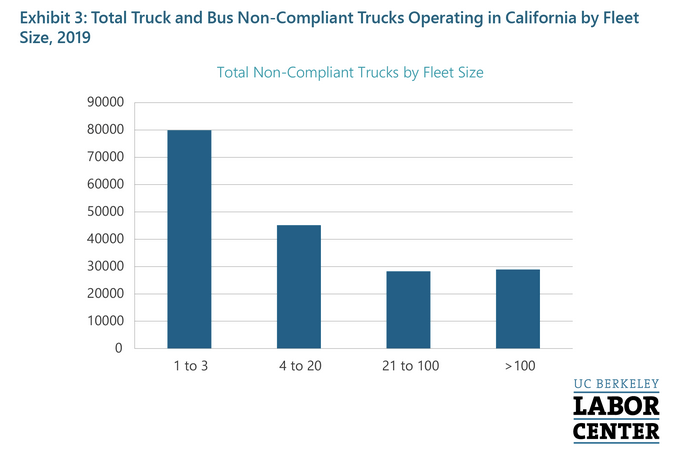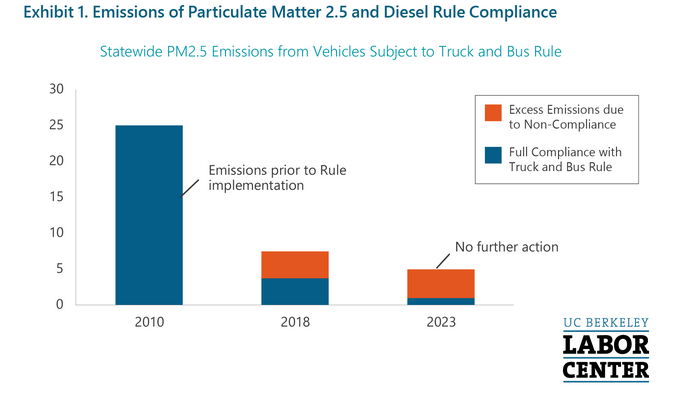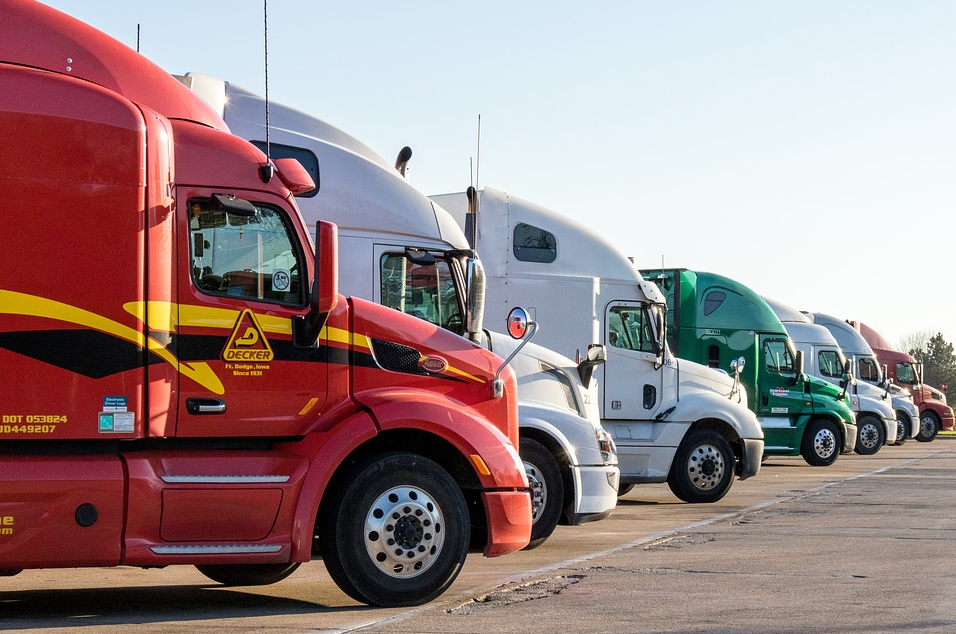Note: GJEL Accident Attorneys regularly sponsors coverage on Streetsblog San Francisco and Streetsblog California. Unless noted in the story, GJEL Accident Attorneys is not consulted for the content or editorial direction of the sponsored content.
There's been a fight brewing in Sacramento over what defines an employee vs. a contract worker, stemming from a court decision known as the Dynamex ruling. A.B. 5, from Assemblywoman Lorena Gonzalez (D-San Diego), is the latest attempt to finally settle the issue by putting the definitions in statute.
Ride-hail drivers and truck drivers, among other groups, would be affected by the bill. Both groups have been loudly participating in the discussion. Some truck drivers, opposing A.B. 5, say it would take away their freedom to set their own schedules and workload. Others say that not being considered employees creates undue burdens for them, and that A.B. 5 could help prevent their exploitation by unscrupulous businesses.
A new report from the UC Berkeley Labor Center has added a new color to the picture. Its authors found that truck drivers who own and maintain their own trucks are less likely to upgrade their vehicles to meet clean air and climate emission rules.
"As a result of the capital barriers contractors face," reads the report,
this segment of the trucking industry has the lowest compliance rates with California’s current clean vehicle regulations.... Non-compliant trucks in the contractor segment represent 44 percent of all non-compliant trucks, a significantly greater share than their share of all operating trucks.

Many truck drivers, according to the report, meet the legal standard as employees but are misclassified as independent contractors. There is a high prevalence of this misclassification in "local freight trucking, local pickup and delivery, and the long-haul trucking segments of the California trucking industry," according to the report.
"Contracting out truck driving shifts the costs of truck ownership and operation from trucking companies to individual truck drivers," write the authors, Sam Appel and Carol Zabin.
Contract truck drivers, particularly misclassified contractors, earn low incomes and face high capital costs. While regulatory compliance costs for large trucking firms represent a small percent of total revenue, contract truck drivers face compliance expenses far in excess of their yearly income. Under the contractor business model, truck drivers least equipped financially to buy and maintain clean vehicles bear the financial burden of attaining the state’s climate goals in this sector.
The authors call it a "fundamental misalignment of the contractor business model in trucking with California’s climate goals."
In other words, labor practices are contributing to air quality and climate emission problems. This adds to immediate and longer-term health effects around the state and particularly in communities located near freeways or freight facilities like ports or the vast freight hubs of the Inland Empire.
While particulate emissions have been reduced considerably since the implementation of California's Clean Truck and Bus Rule in 2010, they have not reached expected reduction goals, and the large portion of remaining non-compliant vehicles that are owned and operated by independent contractors is growing.

If those "owner-operators" fit the definition of employee under A.B. 5 - that is, if they work exclusively for a single company or are subject to its rules - then the responsibility for compliance could belong to the companies deemed to be their employer.
On top of all that, the California Air Resources Board is considering new, stricter regulations to encourage electrification and further emissions reductions from the freight industry, so the inability of contract drivers to comply with regulations will likely be even more pronounced in the future.
The Air Resources Board provides subsidies and assistance to help truck owners meet regulations, but those haven't been enough. S.B. 1 requires all trucks to prove compliance with ARB regulations by January 1 of 2020 before they can register with the DMV. Extensions and temporary permits can be issued, but must be resolved by 2023. These rules apply to all medium- and heavy-duty trucks and buses operating in California, about 400K registered in the state and as many as 800K registered outside of California.
One solution ARB has been considering is to de-commission trucks that are out of compliance, which could impact about 80,000 trucks - many of which are in small fleets of between one and three total vehicles.
Whether or not A.B. 5 passes - it is waiting in the Senate Appropriations Committee's "suspense" file - the freight industry will be facing some big decisions in the near future.
The report, here, includes a brief history of freight industry regulations.






